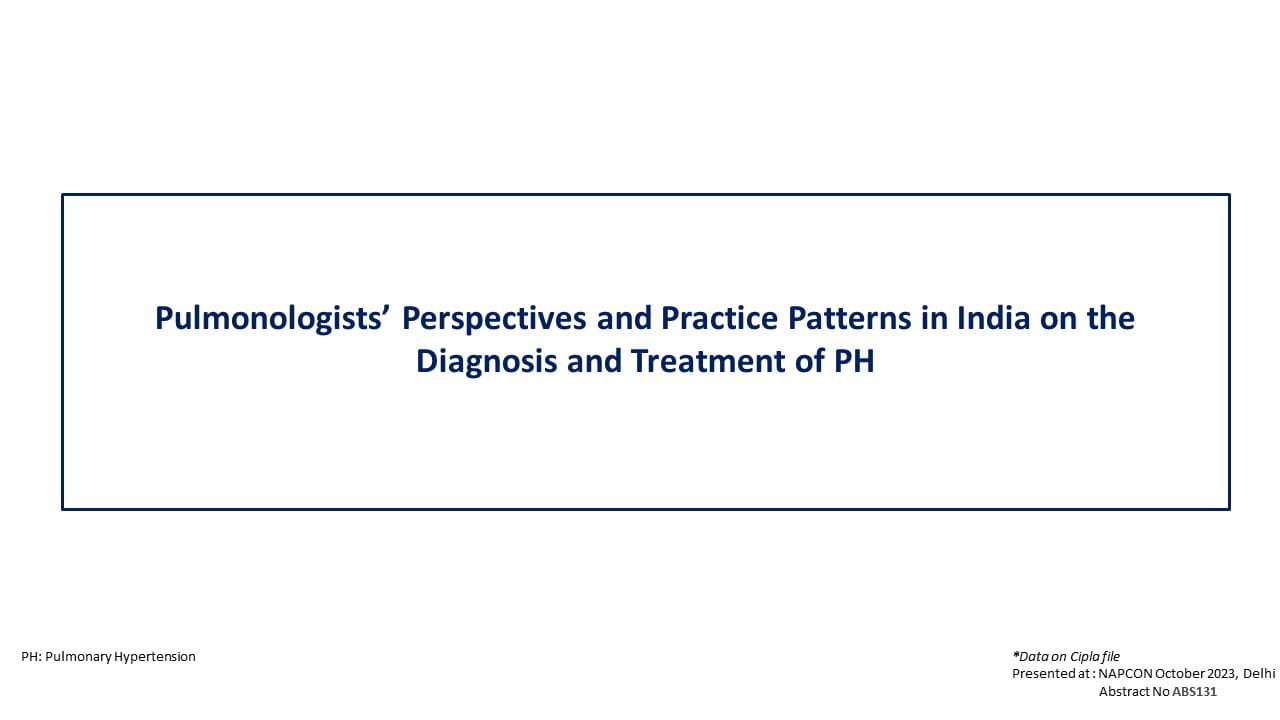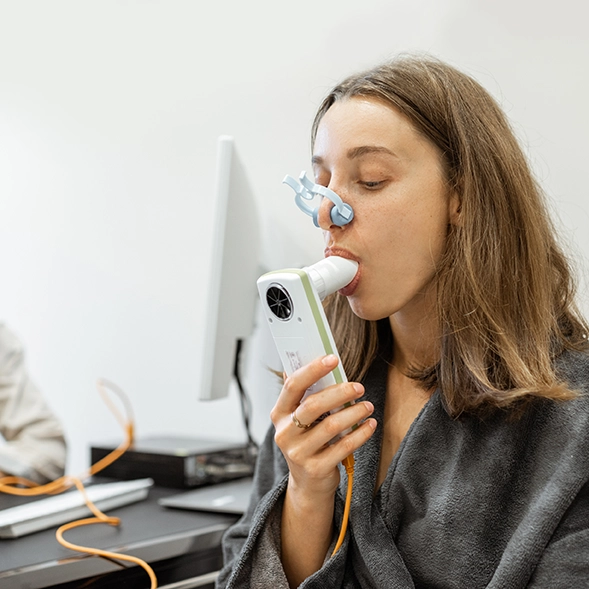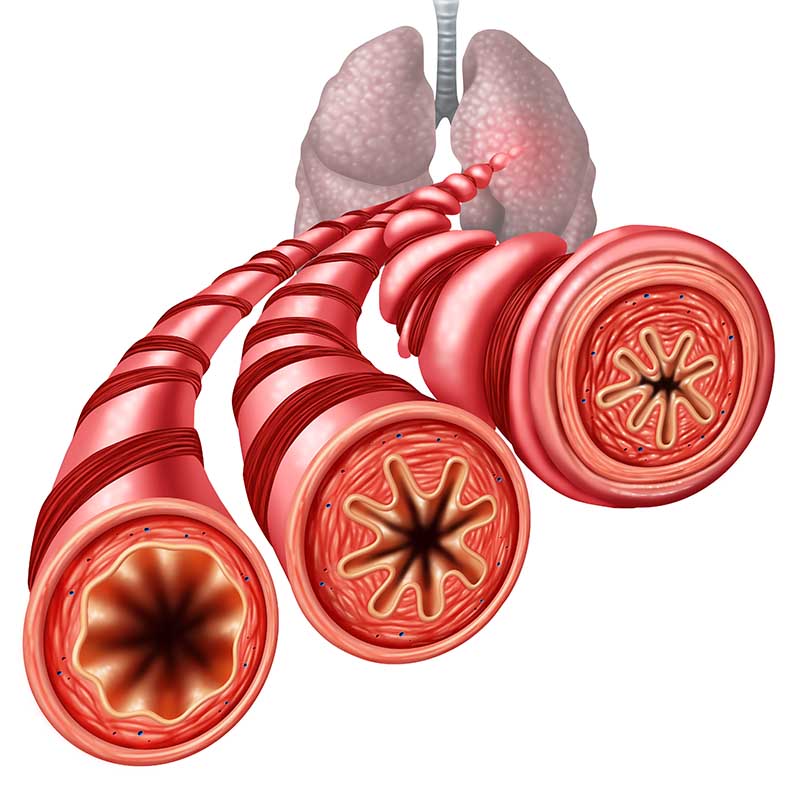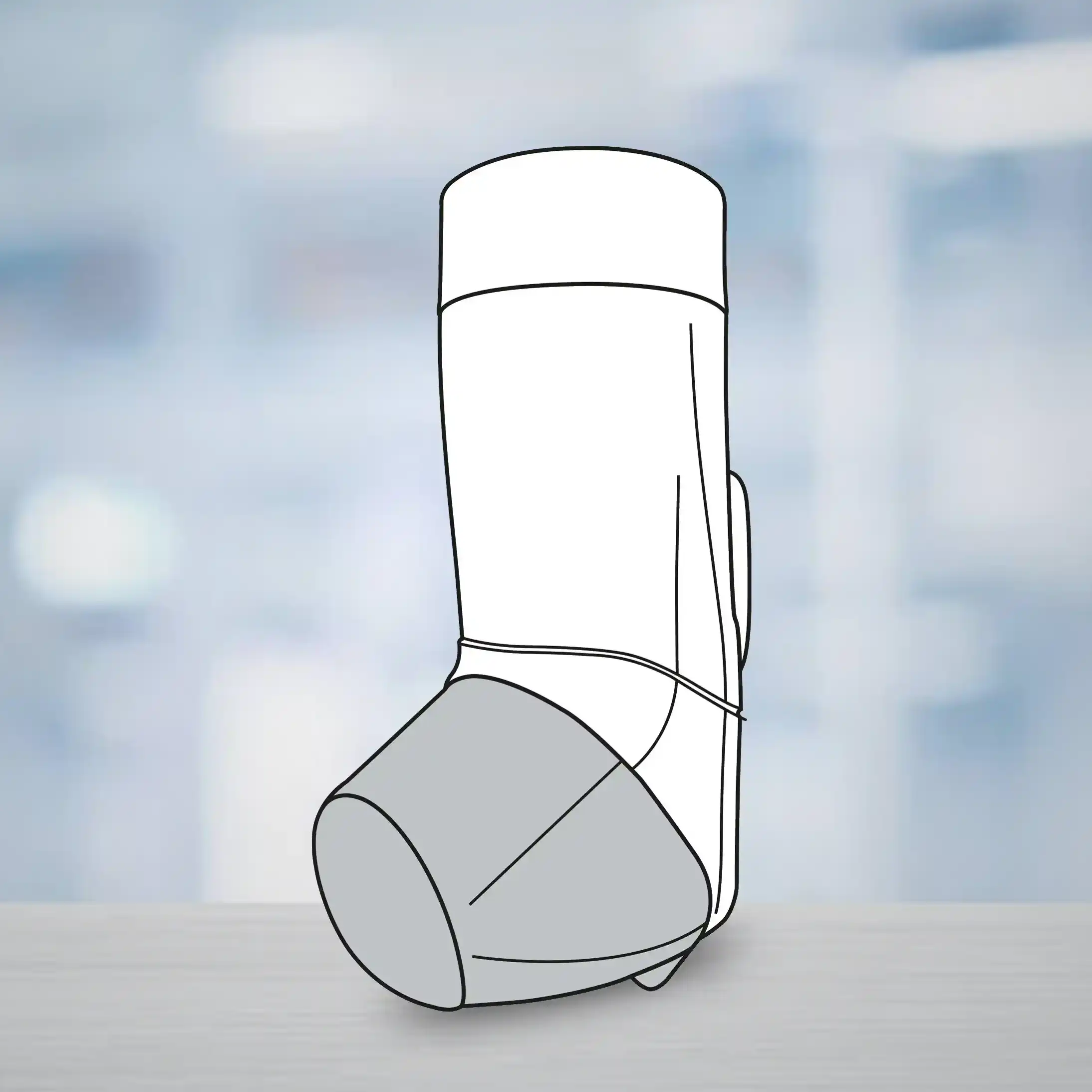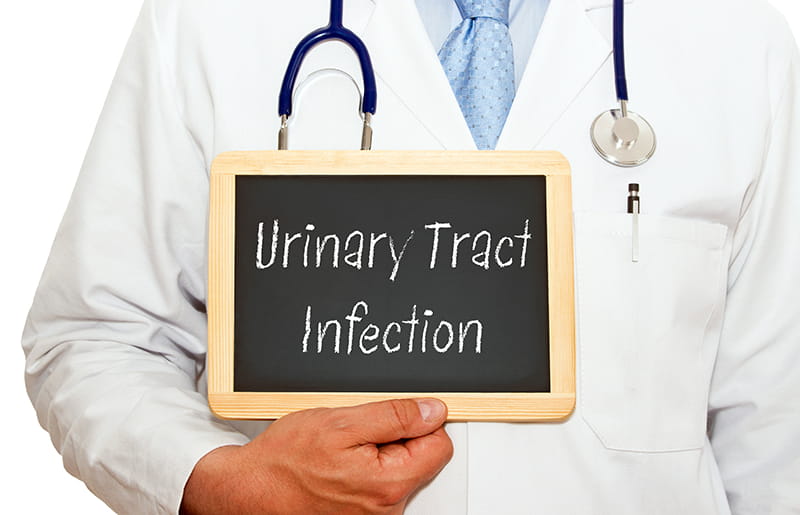Inhaled Antibiotics are Safe and Effective in Bronchiectasis Treatment
24 Oct, 24
Introduction
The European Respiratory Society guidelines have conditionally recommended inhaled antibiotics to bronchiectasis patients with Pseudomonas aeruginosa infection with >3 exacerbations/year. However, there has been inconsistent clinical efficacy and safety data on inhaled antibiotics in bronchiectasis.
Aim
To evaluate the extent of efficacy and safety of inhaled antibiotic treatment in bronchiectasis
Patient Profile
- 3468 bronchiectasis patients diagnosed by CT imaging, used inhaled antibiotics as a treatment for a duration of at least 4 weeks
Method
Study Design
- Systematic review and meta-analysis of randomized controlled trials (n=20) of inhaled antibiotics in patients with bronchiectasis
- The intervention group included any inhaled antibiotic and the control group included inhaled placebo or no therapy
- Study duration ranged from 6 weeks to 15 months
Endpoints
- Primary end point: frequency of exacerbations
- Additional end points: time to first exacerbation, proportion of patients with at least one exacerbation, frequency of severe exacerbations, quality of life, lung function, sputum bacterial load, adherence and mortality
- Planned subgroup analyses: antibiotic agent and baseline infection status
- Safety end points: number of patients with treatment-emergent adverse events (TEAEs), the number of patients with AEs that led to discontinuation, TE serious AE, and the number of patients with bronchospasm as an AE of special interest, bacterial resistance in sputum
Results
Efficacy
- Inhaled antibiotics significantly reduced frequency of exacerbations by 21% as compared to the control group (rate ratio [RR], 0.78; P = 0.0009)
- Inhaled antibiotic treatment reduced the proportion of patients experiencing at least one exacerbation (relative risk 0.85; P = 0.006)
- Inhaled fluoroquinolones, colistin, and aminoglycosides significantly decreased the exacerbation rate vs. control group (RR, 0.73; P <0.00001)
- It achieved a significant 52% reduction in the frequency of severe exacerbations requiring hospitalization or IV antibiotics (RR 0.48; P = 0.0010) and prolonged the time to first exacerbation vs. control group (HR, 0.80; P < 0.0001)
- Inhaled antibiotics significantly improved the Quality-of-Life Questionnaire-Bronchiectasis respiratory symptom score (mean difference change from baseline, 2.37; P = 0.04) and significantly reduced the St. George Respiratory Questionnaire scores (mean difference, –3.13; P = 0.03); inhaled colistin showed a mean difference of >4-point minimal clinically important difference (–6.58; P = 0.002)
- A higher risk of resistance was seen with inhaled antibiotic treatment (pooled risk ratio of isolating a resistant organism 1.86; P < 0.00001)
- Bacterial load consistently reduced (pooled mean reduction was –2.32 colony forming units/g of sputum; P < 0.00001), but FEV1 did not change
- Bacterial eradication from sputum was increased significantly with inhaled antibiotic treatment (OR, 3.65; P < 0.0001); greater proportion of patients achieved “eradication” during treatment (33.1% in the intervention group vs. 16.1% in the placebo group)
- Inhaled antibiotics significantly reduced the proportion of patients with at least one exacerbation as compared to placebo in a subgroup of patients infected with pathogens other than P aeruginosa at baseline (37.2% inhaled antibiotics vs. 42.1% placebo; RR, 0.84; P = 0.03)
- The intervention achieved eradication in 32.1% as compared to 20.1% patients in the placebo group (OR 3.04; P = 0.009)
Figure 1: Effect of inhaled antibiotics on study endpoints
Safety
- No difference was observed in the proportion of patients with TEAE (OR, 0.99) and in the intervention group and in the placebo group
- Subgroup analysis showed increased odds of experiencing at least one AE with aztreonam (OR, 2.13; P = 0.02) and an increase in discontinuation with aztreonam (OR, 3.09; P = 0.006) and aminoglycosides (OR, 2.45; P = 0.005)
- No increase in serious AEs (OR, 0.87; P = 0.23) and AEs leading to discontinuation (pooled OR 1.38; P = 0.06) seen with inhaled antibiotic treatment
- Adherence was similar between placebo and inhaled antibiotics
- The risk of bronchospasm was high with aminoglycosides (RR, 2.99; P = 0.04)
- No differences were observed in mortality rates in both the groups (P = 0.85)
- On maintenance therapy of 3 months duration, no changes were observed in TEAEs (RR, 0.99; P = 0.93), number of AEs leading to discontinuation (RR, 1.38; P = 0.06) and adherence (RR, 1.00; P = 0.85)
Conclusion
- Inhaled antibiotics significantly reduced pulmonary exacerbations, and improved quality of life, reassuring safety and efficacy across the spectrum of respiratory pathogens in patients with bronchiectasis, with a focus in long-term maintenance therapy
- The results for exacerbations showed minimal heterogeneity and were remarkably consistent despite multiple differences in design, patient population, duration, and the antibiotic used
Chest 2024; 166(1): 61-80


